“If you put a Van Halen album in your record collection, it will melt all the rest of your records,” was famously David Lee Roth’s sales pitch for the legendary California hard rock quartet he originally fronted from 1973 to 1985, and again from 2007 to 2020. Guitarist Eddie Van Halen and his brother Alex Van Halen gave the band its name and their jaw-dropping virtuoso musicianship, and Michael Anthony was the glue that held it all together with sturdy basslines and sunny vocal harmonies.
Between Eddie Van Halen’s flashy, groundbreaking guitar technique and Roth’s acrobatic stage antics, the band was a force of nature, moving quickly from Pasadena backyard parties to Sunset Strip clubs to upstaging headliners like Black Sabbath as an opening act by the end of the ’70s. After the original Van Halen quartet recorded six hugely successful albums together, Roth went solo, and the band reached out to former Montrose frontman Sammy Hagar. The second lineup of Van Halen, sometimes affectionately and sometimes derisively known as ‘Van Hagar,’ kept the party going. But a milder, more sentimental songwriting sensibility quickly crept in, and this iteration of the band recorded all four of the Van Halen albums that hit No. 1 on the Billboard 200.
The last 25 years of the band’s existence, unfortunately, became an endless soap opera of mudslinging and lineup changes. Roth briefly reunited with the band to record a couple new songs for a greatest hits package, as would Hagar a few years later, with Extreme’s Gary Cherone briefly fronting the band between those periods. By the time Roth made a proper return for extensive touring and a new album, Anthony had been ousted in favor of Eddie Van Halen’s teenage son Wolfgang Van Halen on bass.
Eddie Van Halen died of a stroke on October 6, 2020, after several years of struggling with health issues including throat cancer and avascular necrosis, bringing a permanent end to the band. Alex Van Halen published a memoir, Brothers, in 2024, while Roth, Hagar, and Anthony have continued performing Van Halen’s hits, and Warner Bros. recently released a deluxe reissue of 1995’s Balance. Five years after Eddie Van Halen’s passing, here’s a look back at his band’s 12 albums and the remarkable catalog he left behind as one of the most electrifying guitarists of all time.
12. Van Halen III (1998)
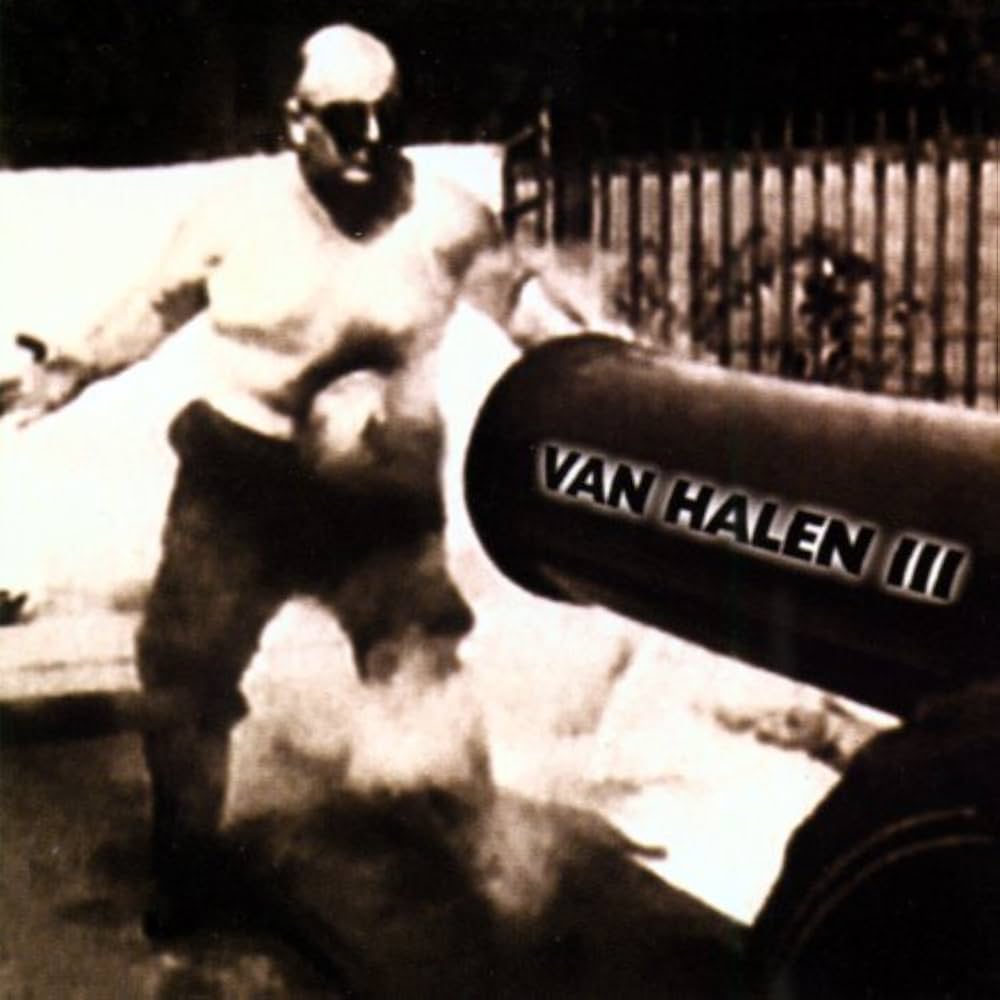
A band getting a new lead singer is like a heart transplant, and Van Halen were already one of the most successful heart transplant patients of all time when they kept on selling millions with Hagar. The band didn’t fare as well with their second transplant, though. Gary Cherone is inarguably a talented vocalist, but in the context of Van Halen, he just came off like Hagar with less personality. Worse, Eddie Van Halen and his co-producer Mike Post, best known for composing the classic theme songs of TV hits like Law & Order and The A-Team, let the band indulge in shaggy, meandering arrangements on tracks that are consistently at least two minutes longer than they needed to be. Even the lead single “Without You,” which debuted at No. 1 on Billboard’s Mainstream Rock chart, is a little sluggish and unfocused. The album ends with “How Many Say I” with Eddie Van Halen on piano and lead vocals, an unpolished but intriguing glimpse at how he might have evolved in new creative directions that didn’t sound like a shadow of the band’s past glories.
11. Balance (1995)
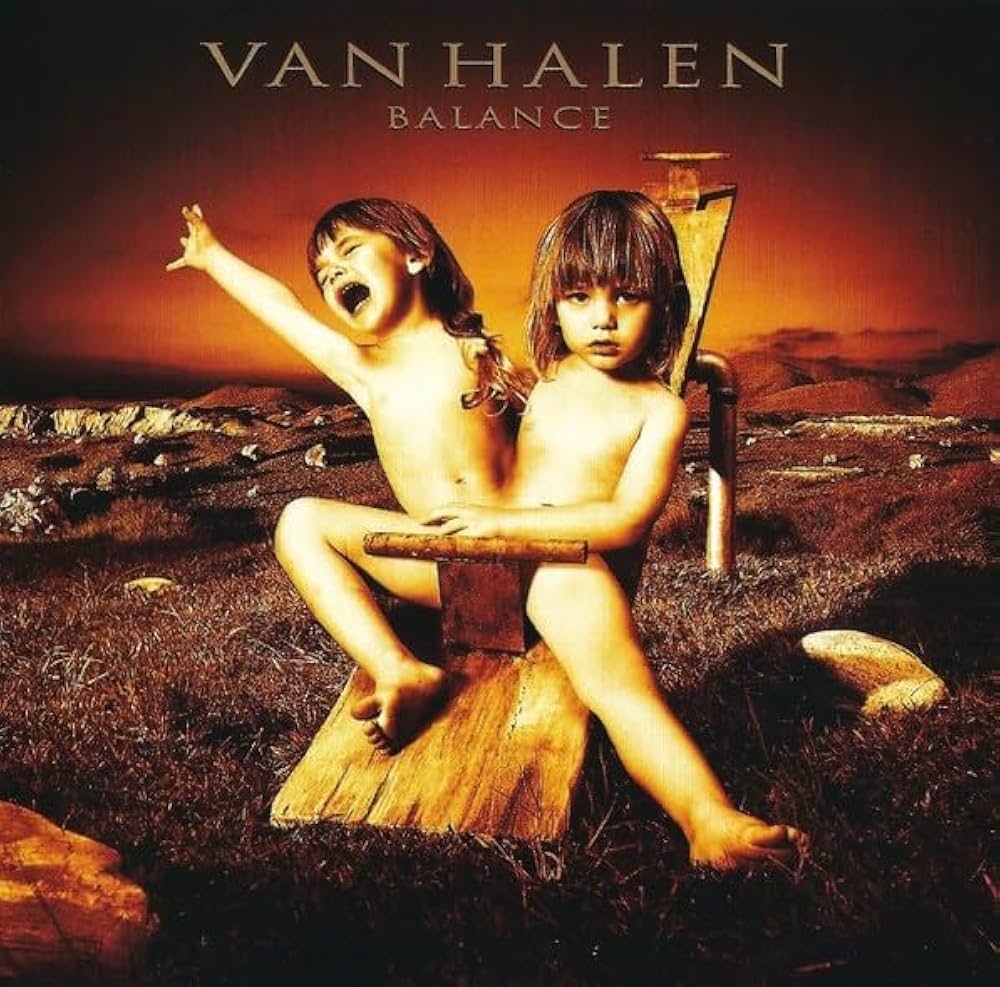
Van Halen’s last full album with Hagar also included the band’s last Top 40 hit, the genial soft rock toe-tapper “Can’t Stop Lovin’ You.” They hadn’t completely lost their edge, but “Wham bam, oh, Amsterdam” is what passes for a chorus on Balance’s half-baked uptempo songs. The only time Van Halen really sounds like a legendary hard rock band is on “Big Fat Money,” which opens with Hagar riffing on the ’70s cult band Little Feat’s classic “Teenage Nervous Breakdown” (which was produced by the man who discovered and signed Van Halen, Ted Templeman). “Since R’n’R poltroon Dave Lee Roth left, Van Halen have been suffering from a humour deficiency, which Balance does little to remedy,” Clark Collis wrote in the Select Magazine review of the album.
10. Diver Down (1982)
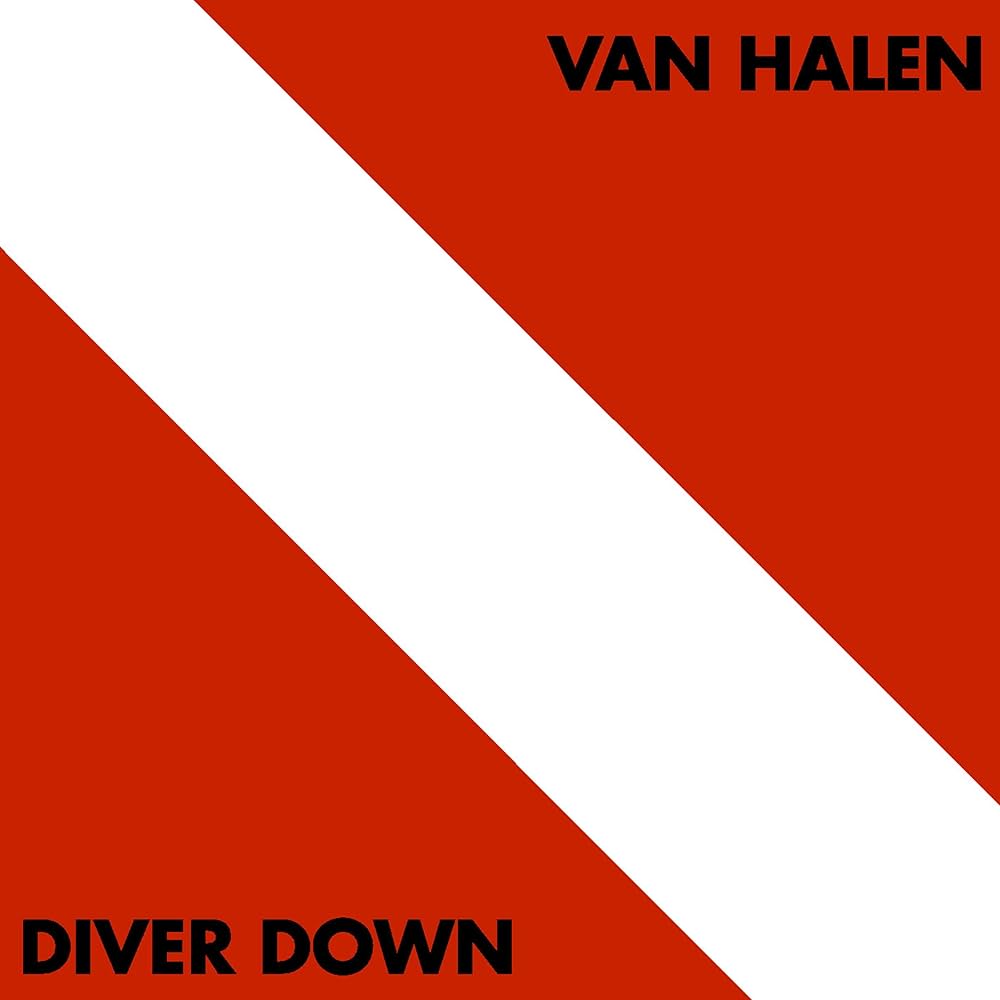
Van Halen’s first two albums included a handful of crowd-pleasing covers from the band’s early live repertoire, but the covers never stole the focus from the band’s original material until Diver Down. A recording of Roy Orbison’s “(Oh) Pretty Woman” was supposed to be a one-off single between albums, but it became so wildly popular, the band’s biggest Hot 100 hit at that point, that Warner Bros. pressured the band to quickly turn around a new LP. The band only wrote four proper songs for Diver Down, including the terrific “Little Guitars,” and padded out the rest of the 31-minute album with instrumentals and covers. The result sold like hotcakes, but went down as the only time Van Halen put a bare minimum of effort into an album just to get a new product on the shelves.
9. 5150 (1986)
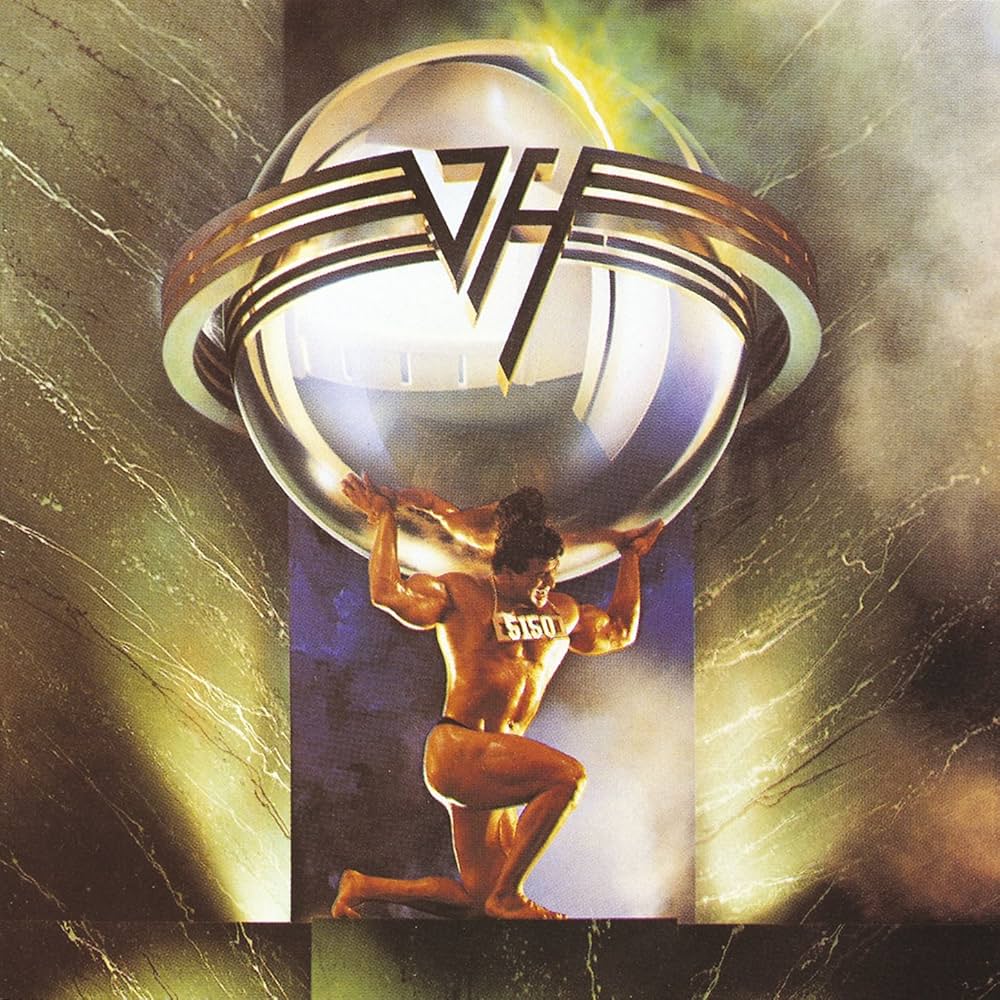
Sammy Hagar had made enough goofy, bawdy songs like “Dick in the Dirt” on his solo records that it would’ve been easy to imagine in 1986 that Van Halen was simply swapping out one class clown for another. Hagar even opens his first album with the band with a Big Bopper impression on “Good Enough,” and “Get Up” is the closest the band ever got to a “Hot For Teacher” sequel. But Hagar and Eddie Van Halen also brought out a sappy side in each other that had never been present on the band’s early albums, and “Dreams” and “Love Walks In” are just earnest adult contemporary cheese with an overqualified rhythm section.
8. A Different Kind of Truth (2012)
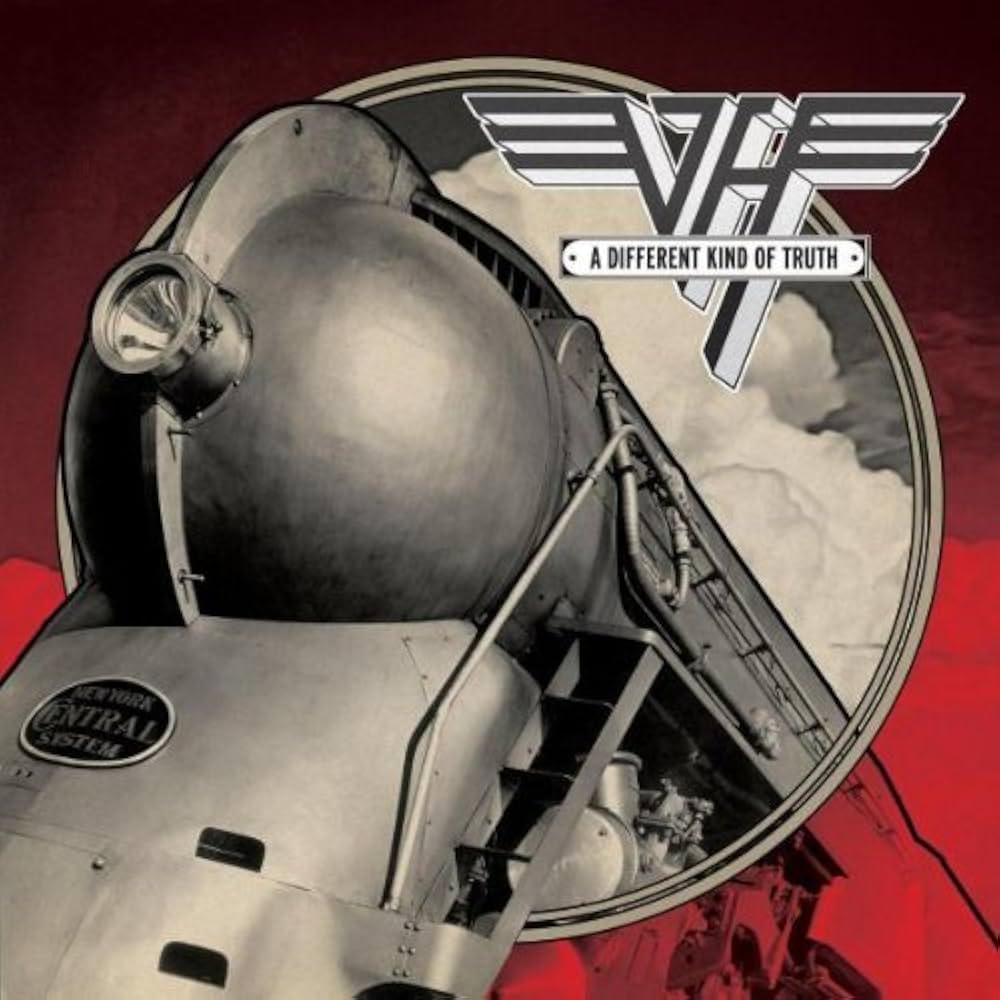
The final lineup of Van Halen, with Wolfgang Van Halen and a returning Roth, mounted several very profitable tours from 2007 to 2015. The only studio album they squeaked out in that time drew partly from unused songs from the original band’s 1976 demo tape, but they intermittently recapture the old magic on some of the new compositions. “As Is” and “Big River” are feisty and fun, but A Different Kind of Truth is ultimately a dad rock record full of dad jokes, featuring a dad taking his son to work. “It’s too long by a third, David Lee Roth often sounds like a 2 A.M. drunk doing David Lee Roth at karaoke, and a Kinks cover wouldn’t have killed them. But the album clearly aspires to both be part of the canon, and, if need be, serve as an entry point,” Steve Kandell wrote in the SPIN review of A Different Kind of Truth.
7. For Unlawful Carnal Knowledge (1991)
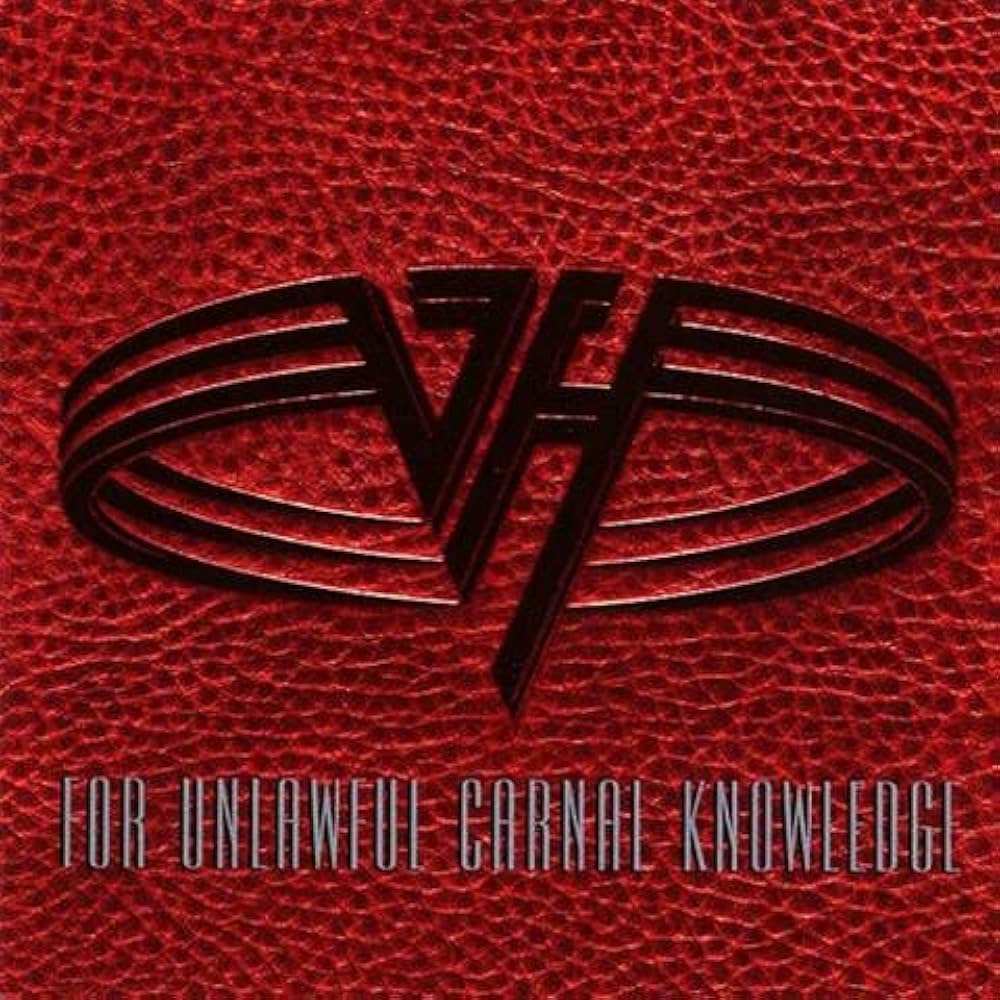
For Unlawful Carnal Knowledge is best remembered for the lively, piano-driven “Right Now,” the best schmaltz that Van Hagar ever produced. The album also known as FUCK is otherwise an enthusiastic attempt to recapture the spirit of the band’s early anthems, sometimes pretty well on the “Ain’t Talkin’ ’bout Love” knockoff “The Dream Is Over” and the power drill-assisted lead single “Poundcake.” Unfortunately, “Spanked” and “Pleasure Dome” demonstrate that Hagar simply lacks Roth’s gift for poetically absurd innuendo.
6. OU812 (1988)
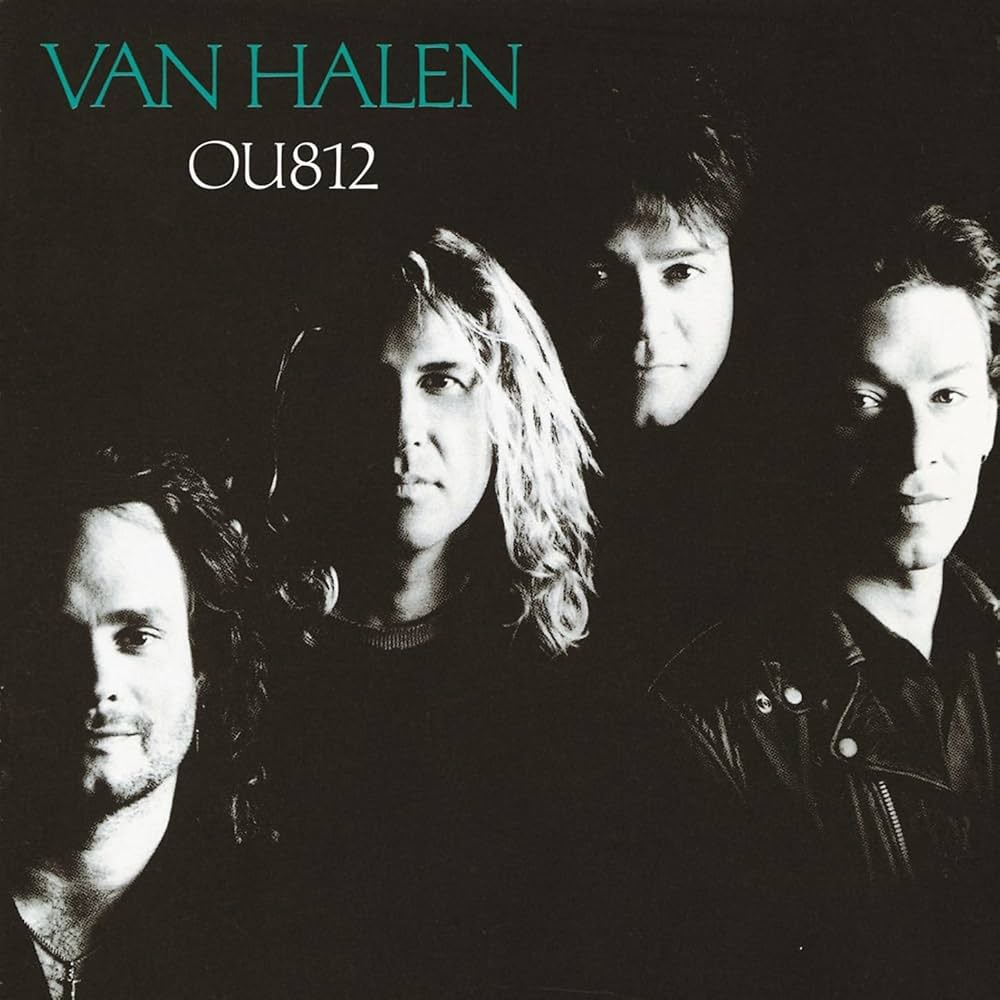
Hagar and Eddie Van Halen were neighbors during the recording of OU812, and the charmingly loose third single “Finish What Ya Started” was a last minute addition when the guitarist dropped by the singer’s place at 2:00 a.m. with a new idea. The chemistry of Van Halen’s second lineup reached its pinnacle on OU812, but the seven-minute Mexican vacation travelogue “Cabo Wabo” also began Hagar’s transformation into the Jimmy Buffett of cock rock. OU812 was early on the trend of compact disc versions of albums offering bonus tracks not on the vinyl and cassette releases, in this case the band once again tipping their hat to Little Feat with a cover of “A Apolitical Blues.”
5. Fair Warning (1981)
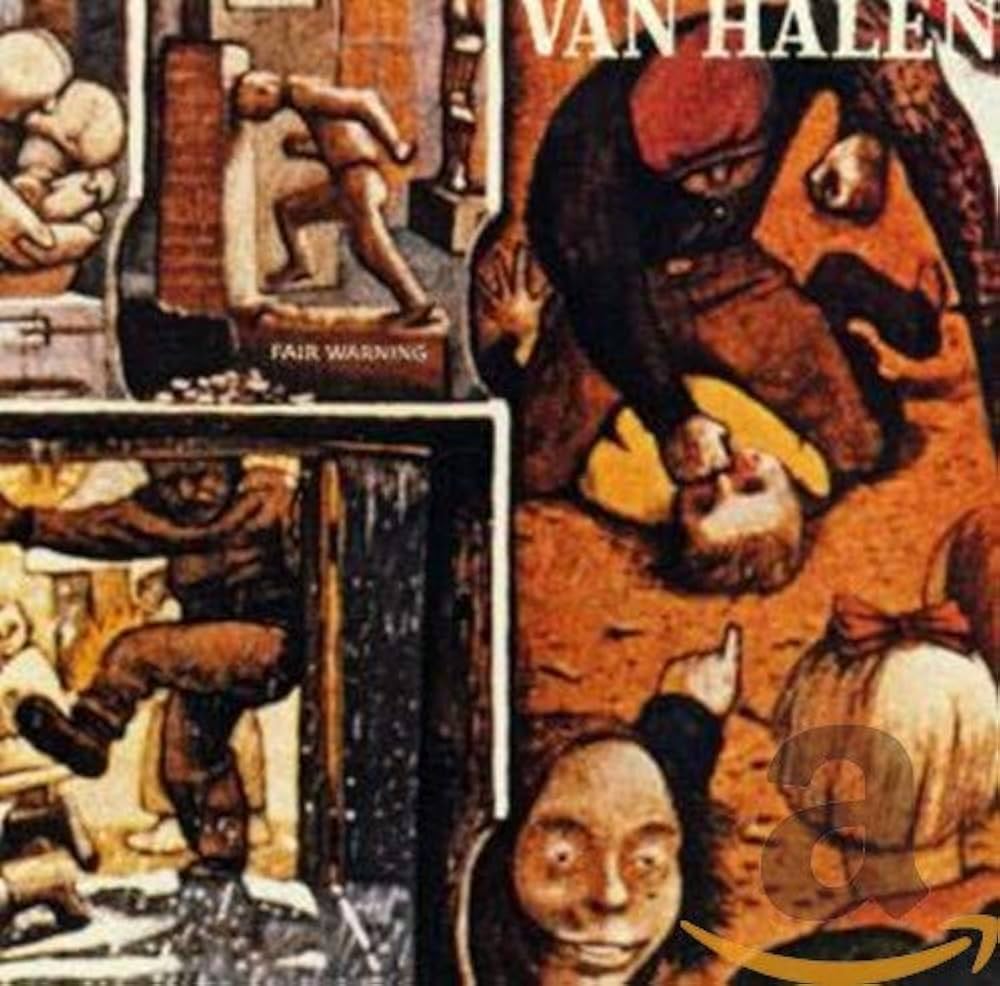
Van Halen dialed down the carefree boogie for a darker, more aggressive sound on Fair Warning, and only “Unchained” made its way into permanent classic rock radio rotation. It’s a great showcase for Alex Van Halen’s versatility, though, as he gets into some deep R&B grooves on “Dirty Movies” and “Push Comes to Shove.” “Pretty impressive show-off stuff–not just Eddie’s latest sound effects, but a few good jokes along with the mean ones and a rhythm section that can handle punk speed emotionally and technically,” Robert Christgau wrote in the Village Voice review of Fair Warning.
4. Van Halen II (1979)
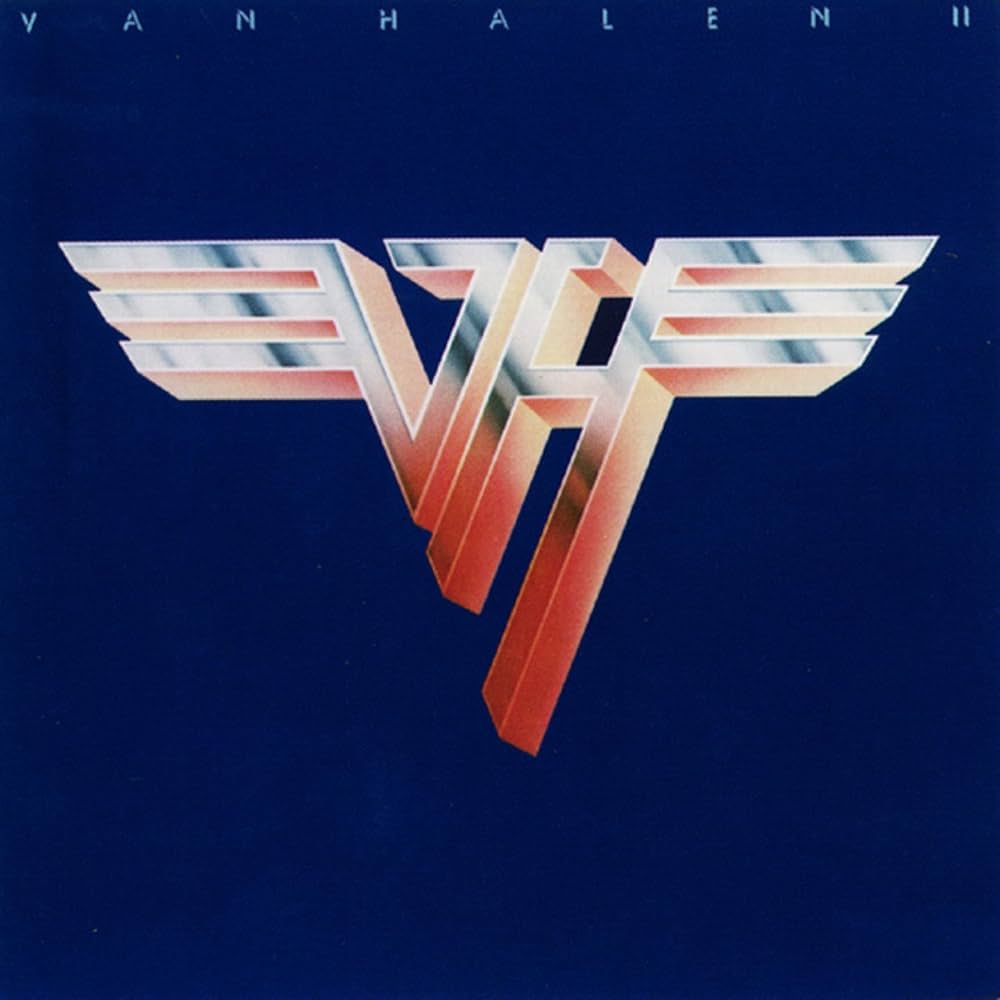
On Van Halen’s second album, the band showed off their ability to write toe-tapping original songs like “Dance the Night Away” and “Beautiful Girls” that sounded like they could’ve been ’60s bubblegum covers from their bar band days. Van Halen clearly didn’t take themselves as seriously as their contemporaries, but there weren’t many bands, if any, in 1979 that could rock harder than “Somebody Get Me a Doctor” and “Light up the Sky.”
3. Women and Children First (1980)
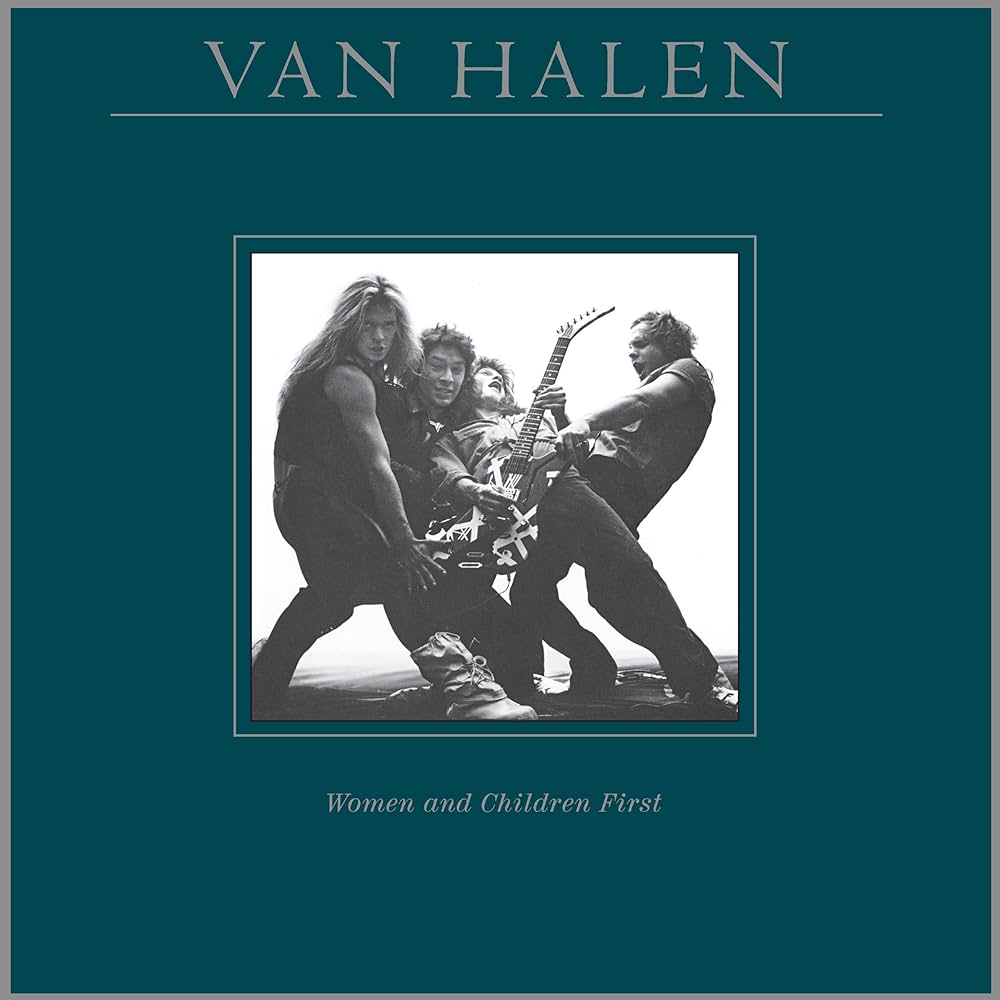
Women and Children First is Van Halen’s purest statement as a metal band, after they started to ease up on recording nostalgic covers but before synthesizers began to figure heavily their sound. The album kicks off with the twin attack of “And the Cradle Will Rock…” and “Everybody Wants Some!!” and only briefly lets up for the acoustic breather “Could This Be Magic?” Anthony’s growling low end is indispensable to “Romeo Delight” and “Take Your Whiskey Home,” and he even plays some lead bass on “In a Simple Rhyme.”
2. 1984 (1984)
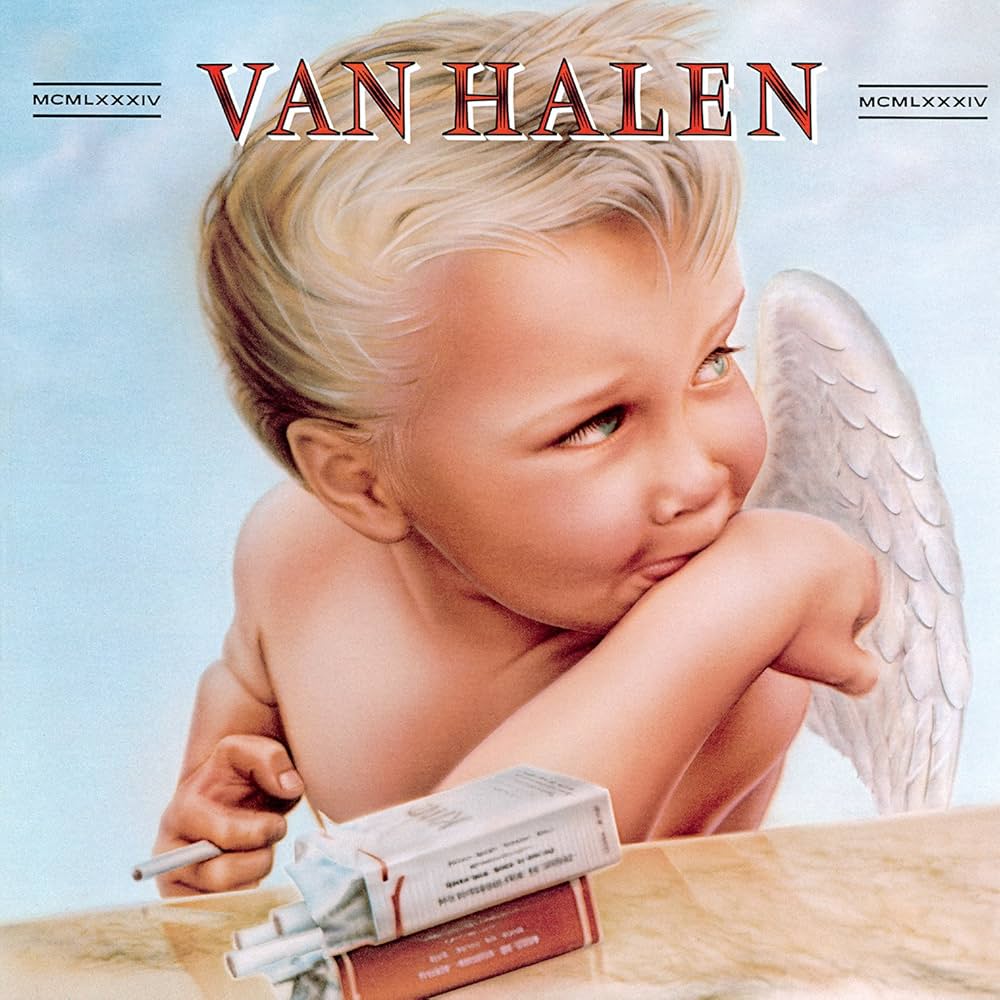
Visual spectacle was a big part of Van Halen’s rise as a touring act, and arguably no established hard rock band was better prepared to adapt to the advent of MTV in the early ‘80s. The video for “Jump,” Van Halen’s gutsy synth pivot and only No. 1 single on the Hot 100, showed how entertaining the band could be just rocking out on an empty soundstage, while “Hot For Teacher” was Roth’s apex as a born entertainer, more Vaudevillian than rock god. The sultry midtempo “I’ll Wait” was co-written by Michael McDonald of the Doobie Brothers, but 1984 had enough hard-rock firepower to satisfy longtime fans while welcoming in a whole lot of new ones. “Beneath all the strutting and heavy-metal antics lies a band with more pop savvy than a dozen Journeys, as well as the chops to pull hooks from the most unlikely places. And 1984 is the album that brings all of Van Halen’s talent into focus,” J.D. Considine wrote in the Rolling Stone review of the album.
1. Van Halen (1978)
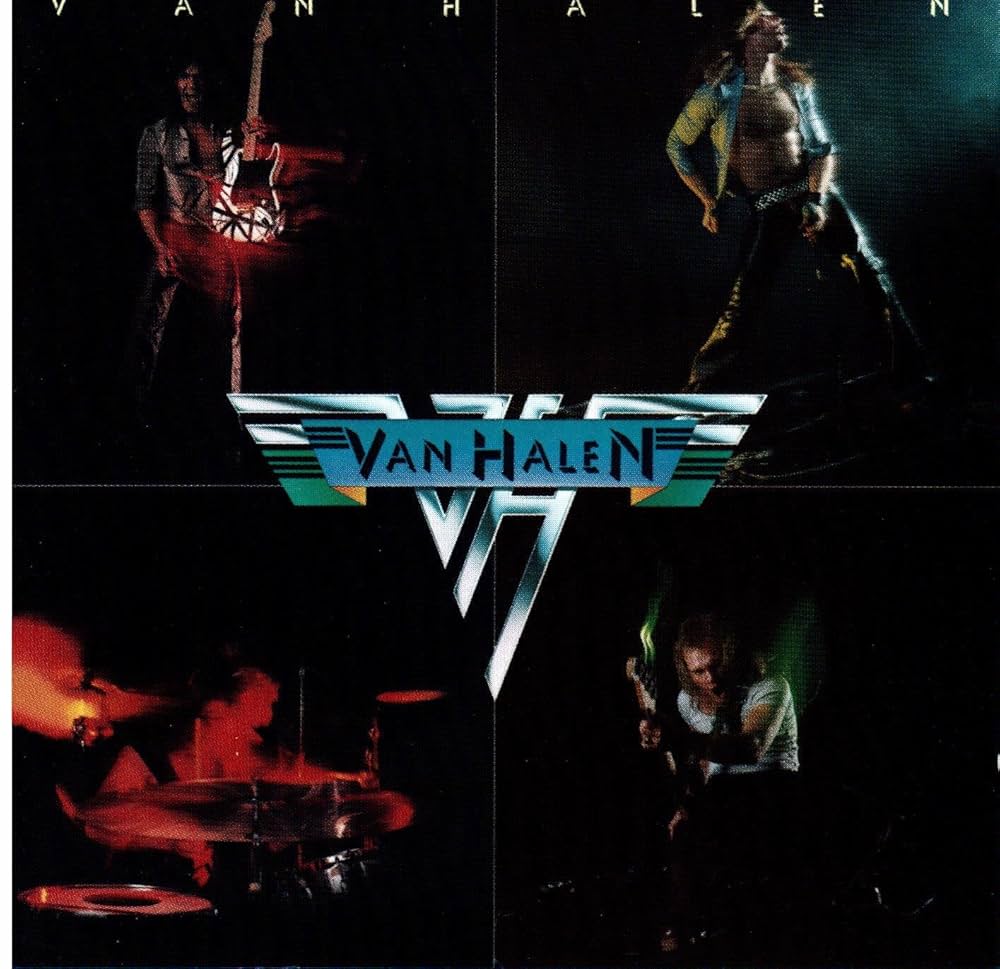
The Kinks’ original 1964 recording of “You Really Got Me” is one of the most influential tracks in the history of the electric guitar. For a new band to introduce itself to the world 14 years later with a “You Really Got Me” cover could’ve been a foolish act of hubris, but Van Halen’s debut single turned out to be the perfect vehicle for demonstrating how Eddie Van Halen had reinvented the wheel with his supercharged take on the riff and outrageously flashy solos. And once that cover kicked in the door, the band delivered the goods over and over with “Runnin’ with the Devil,” “Ain’t Talkin’’‘bout Love,” and “Jamie’s Cryin’,” essentially providing the blueprint for what hard rock would sound like in the ’80s.



